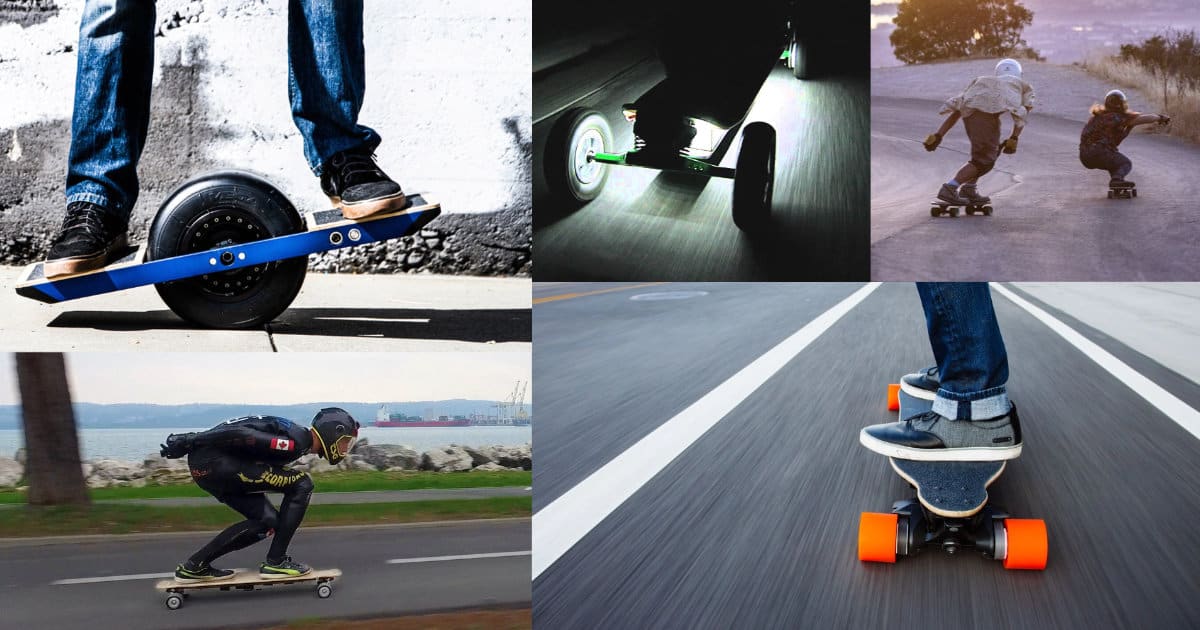Electric skateboarding has emerged as a popular, eco-friendly mode of transportation and an exciting recreational activity. This guide provides a comprehensive overview for beginners who are interested in this exhilarating sport.
Table of Contents
Introduction to Electric Skateboarding
Electric skateboarding offers a unique blend of speed, convenience, and thrill. From a mode of transport that allows for weaving through city streets to an adventurous activity that involves downhill rides, electric skateboarding is an accessible sport for people of all ages. Now, let’s dive into the specifics of electric skateboarding and equip you with all the necessary knowledge to embark on your journey.
Electric Skateboard Basics
Understanding Electric Skateboards
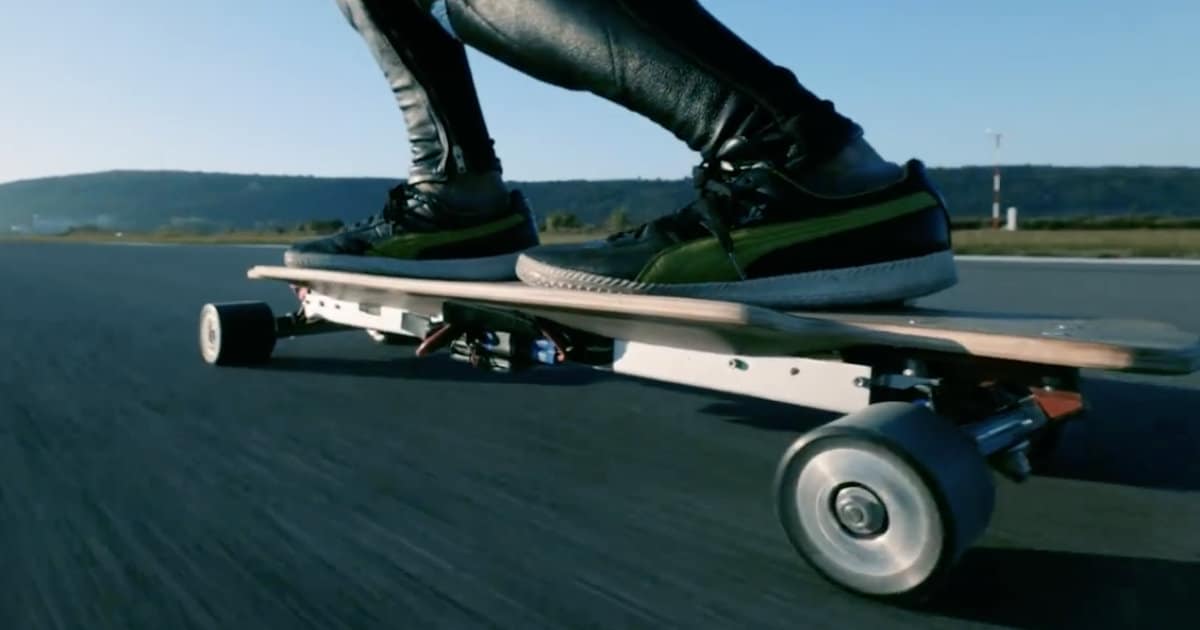
Electric skateboards are not much different from regular skateboards in design, but they have an electric motor powered by a rechargeable battery. A handheld remote usually controls them, allowing the rider to adjust speed and brake efficiently.
Major Components of an Electric Skateboard
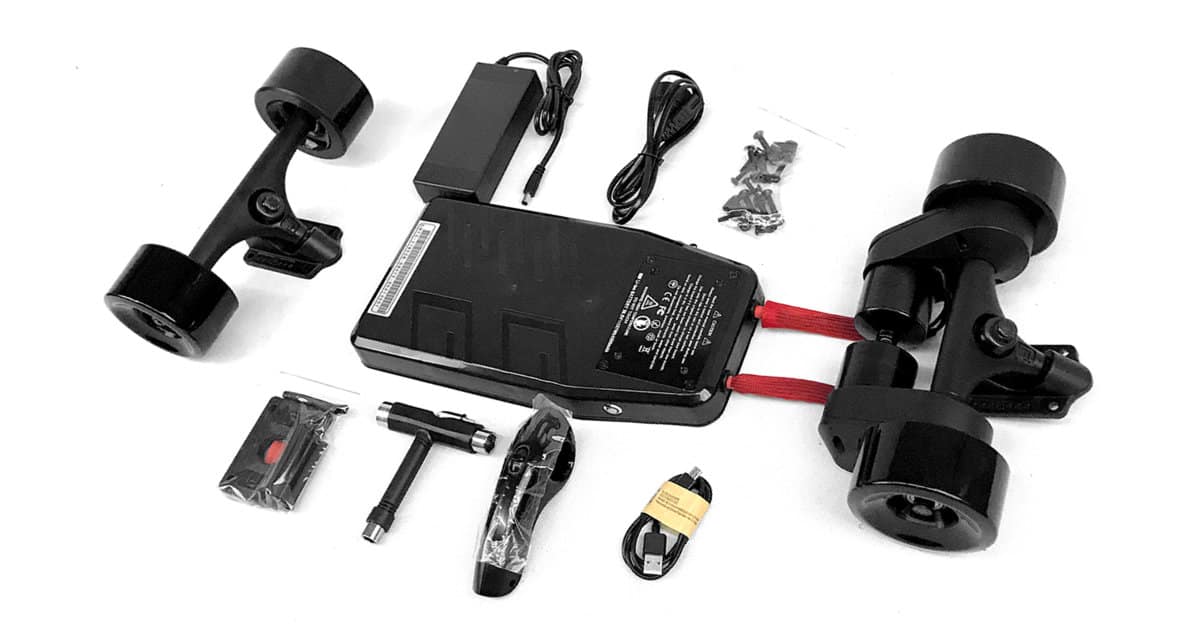
An electric skateboard comprises a deck, trucks, wheels, a motor, and a battery. The deck is the part you stand on. It can either be a shortboard, which is highly portable but less stable, or a longboard, offering more stability and space. Trucks attach the wheels to the deck and impact the board’s handling and turning capabilities. Bushings in the trucks contribute significantly to the ride feel and responsiveness.
The wheels are designed to suit different terrains and riding styles. Larger, softer wheels absorb more shock and handle rough terrain better than smaller, harder wheels. The electric motor, either a hub motor or a belt-driven one, powers the skateboard, and the differences between these two types of motors will be discussed later. The battery provides the necessary power, with its life depending largely on its capacity, the motor’s power draw, the rider’s weight, and the terrain.
Types of Electric Skateboards
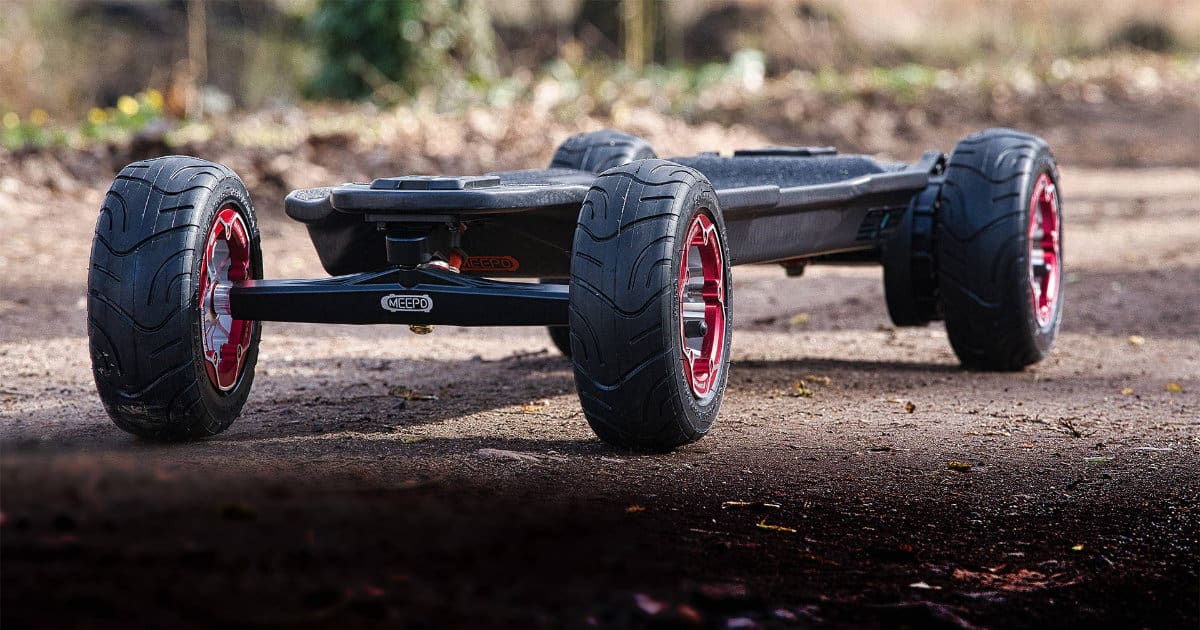
Electric skateboards come in three main types: hub motor skateboards, belt drive skateboards, and all-terrain skateboards. Hub motor skateboards are quieter and require less maintenance than belt drives. However, they often lack torque and don’t handle rough terrain as well. Belt drives offer more power and torque, providing a more dynamic riding experience, but require regular belt changes. All-terrain skateboards are designed for off-road adventures, with large, treaded wheels, and often a more powerful motor and battery system.
Best Electric Skateboards
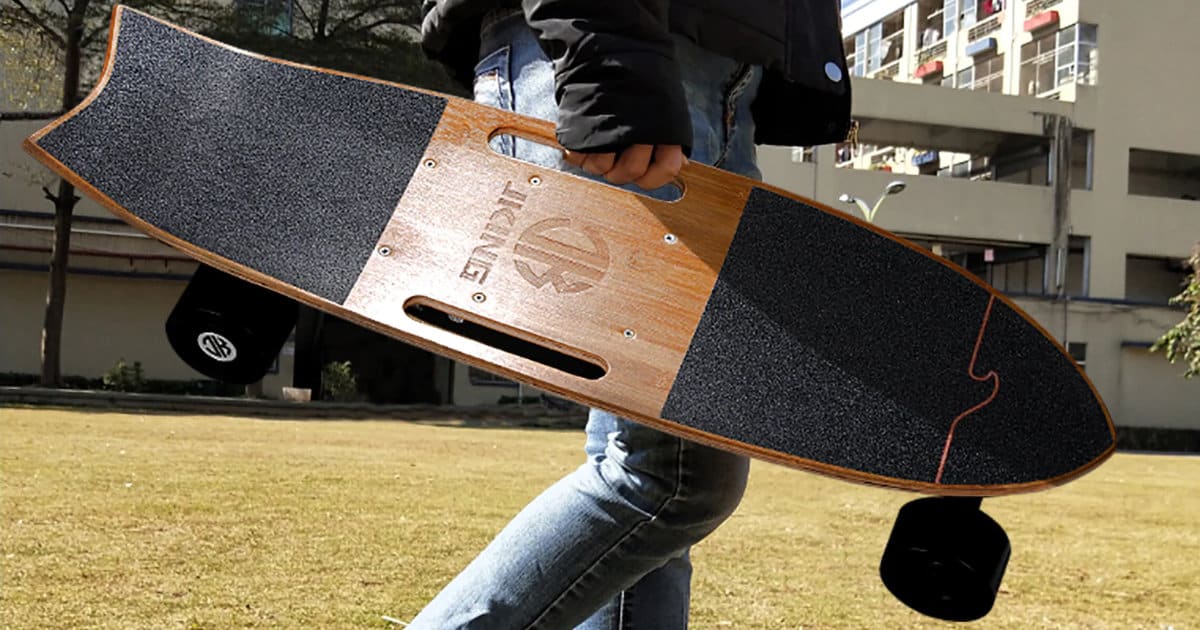
Criteria for Choosing Beginner-Friendly Boards
For a beginner, stability, ease of use, moderate speed, and an affordable price are the primary considerations. A board that is too fast can be intimidating for a beginner, and an unstable board can lead to falls. A beginner-friendly board should also be durable and have a decent range, ensuring that the skateboard won’t give up mid-journey.
Top Electric Skateboard Picks
There are numerous options in the market catering to beginners. Researching online reviews, user feedback, and specifications can help you choose. But remember, what suits one person may not suit another. Take time to find a board that matches your weight, riding style, and commuting needs.
Safety Gear

Safety should always be your priority. The essential safety equipment includes helmets, knee and elbow pads, and wrist guards. A full-face helmet is advisable for high-speed or downhill riding, while a regular skateboard helmet should suffice for normal use. Correct fit of safety gear is vital to ensure maximum protection.
How to Ride an Electric Skateboard

Basic Techniques
Learning to ride an electric skateboard requires practice. Begin by finding your stance – regular (left foot forward) or goofy (right foot forward). Practice stepping on and off the board, pushing off, and balancing. Gradually start practicing turns and then work on stopping. Always start at low speeds and increase as you gain confidence.
Advanced Maneuvers
Once you have mastered the basics, you can try carving, where you make S-shaped patterns as you ride, and downhill riding, where you need to control speed and balance carefully. Remember, practice makes perfect.
Battery and Charging
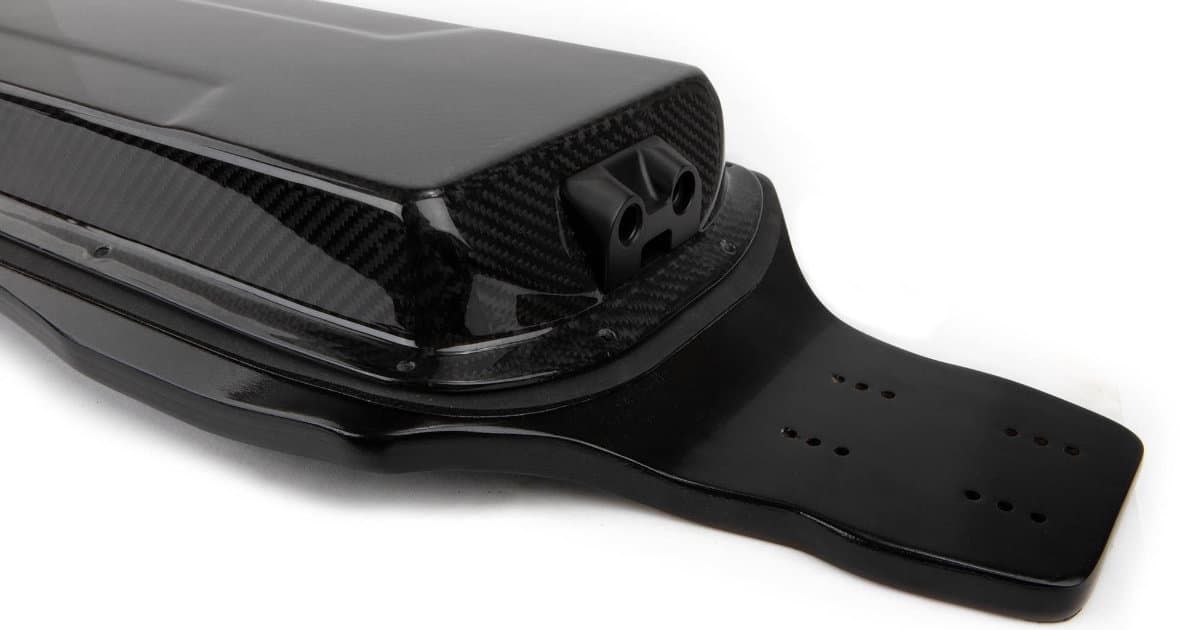
Typically, an electric skateboard battery can last anywhere between 7 to 20 miles on a single charge, depending on the factors mentioned earlier. The battery generally takes 2 to 5 hours to charge fully. Always use the charger provided by the manufacturer to avoid damage to the battery.
Maintenance and Care
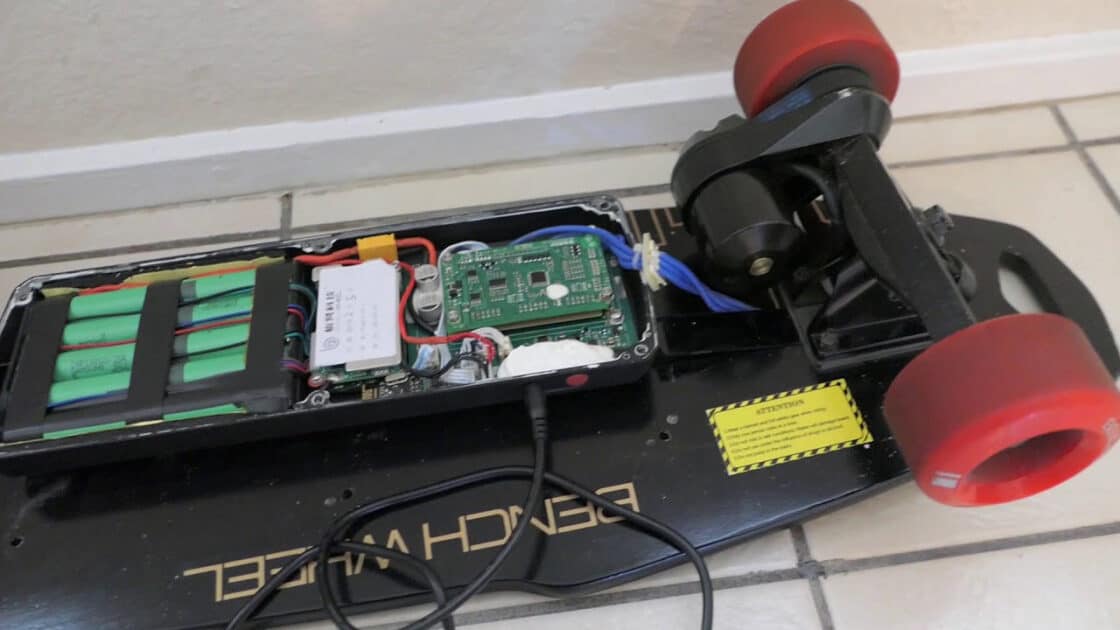
General Maintenance Tips
Regular cleaning and inspection can extend your skateboard’s life. Clean the deck, wheels, and trucks with a damp cloth, and use a brush to remove dirt from hard-to-reach areas. Inspect the board for cracks or any signs of damage before and after rides.
Battery and Motor Care
Proper care can enhance the battery and motor lifespan. Avoid overcharging the battery, store it in cool and dry conditions, and never let it drain completely. For the motor, ensure it’s free of dust and debris, and listen for any unusual sounds while riding.
Laws and Regulations

Laws regarding electric skateboards vary widely. Some areas allow them on the road, some on bike lanes, and others on sidewalks only. Some places have speed restrictions, and some require the rider to be of a certain age. Always check and follow local laws and regulations.
Weather and Terrain Adaptability

Weather Considerations
Not all electric skateboards are water-resistant. Riding in the rain or on wet surfaces can be dangerous and may damage your board. Additionally, higher temperatures can affect battery performance.
Terrain Considerations
Your skateboard’s performance will vary with different terrains. Rough terrain can drain the battery faster and decrease speed. Always choose a board suitable for the type of terrain you’ll be riding on most often.
Cost Considerations
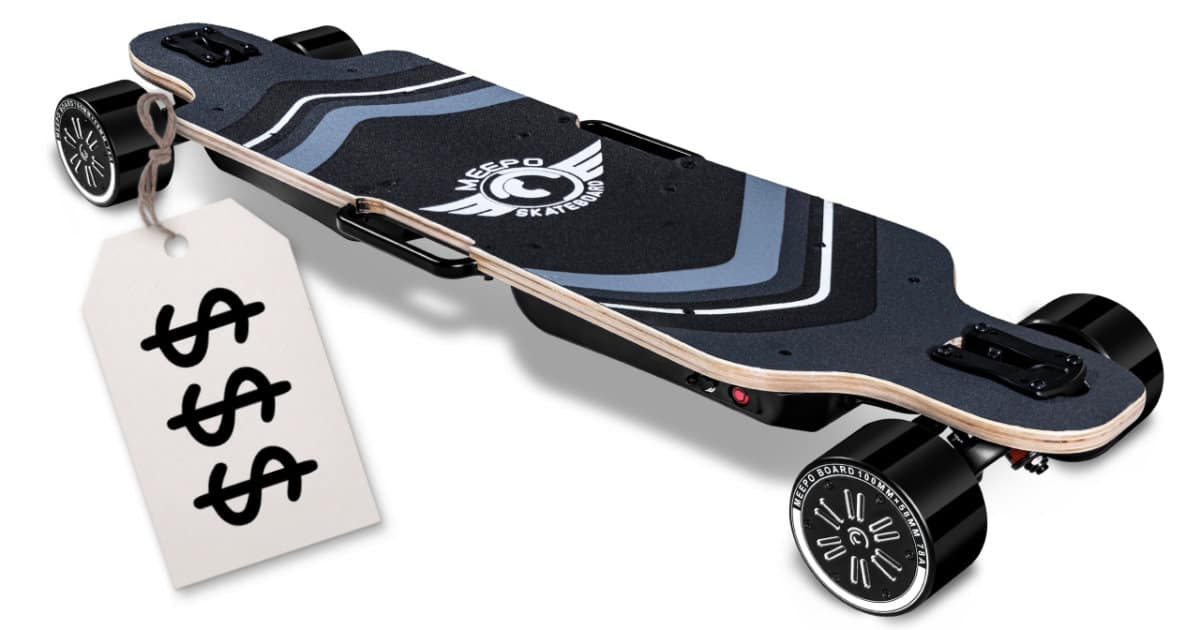
Initial Purchase
The cost of electric skateboards can vary widely, from a few hundred to a few thousand dollars, depending on the brand, quality, and features.
Maintenance and Accessory Costs
Apart from the initial cost, you should factor in maintenance and accessory costs. This includes safety gear, battery replacements, motor, and wheel maintenance.
Community and Culture

Being part of the electric skateboarding community can enhance your riding experience. You can learn from other riders, get advice, and participate in events. Online forums and local groups are great places to start.
Electric skateboarding is not just about getting from point A to point B; it’s a lifestyle, a sport, and a community. As you begin your journey into this thrilling world, remember to respect others, the rules, and most importantly, have fun and be safe.
Frequently Asked Questions About Electric Skateboards
An electric skateboard works using a motor, powered by a rechargeable battery. The rider controls the skateboard’s speed and braking through a handheld remote. The motor propels the board forward and the rider steers by shifting their weight.
Regular maintenance of an electric skateboard involves cleaning the deck, wheels, and trucks with a damp cloth and a brush for hard-to-reach areas. It’s essential to regularly inspect the board for any signs of damage. Battery care is crucial too, which includes avoiding overcharging and storing it in a cool, dry place. For the motor, keep it free from dust and debris.
The legality of electric skateboards varies significantly by location. Some regions allow them on roads, while others limit them to bike lanes or sidewalks. There may be speed restrictions, and some places require riders to be of a certain age. Always check local laws and regulations before riding an electric skateboard.
Typically, an electric skateboard battery lasts anywhere between 7 to 20 miles on a single charge. This range is influenced by factors like the battery’s capacity, the motor’s power draw, the rider’s weight, and the terrain. Charging the battery usually takes between 2 to 5 hours.
Electric Skateboards In The News
- Traqpod 3 Electric Skateboard On Kickstarter, Revolutionizing Carving BoardsThe Traqpod 3 hits Kickstarter, an innovative electric longboard offering unprecedented carving capabilities, speed control, and customization options.
Sources
Backfire Skateboards: Website
BajaBoard: Website
Exway: Website
Meepo Board: Website
Propel EV: Website
